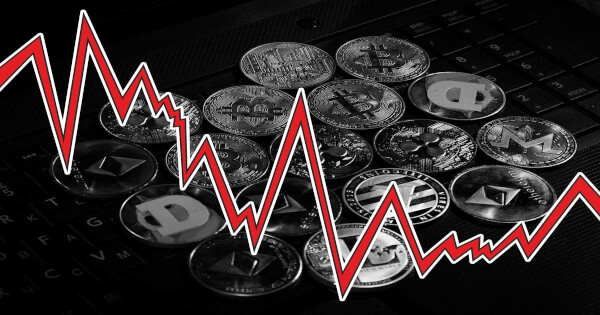Due to lower-than-expected PCE data in February, Bitcoin has fallen below its 200-day exponential moving average — a key technical support level often viewed as a bearish market indicator (see chart below).
In the face of price pullbacks, shifting rate hike expectations, and heightened short-term volatility, many investors are beginning to wonder: “Have we reached the end of this cycle again?”
But if you’re willing to lift your eyes from the charts for a moment and look at Bitcoin from a longer-term, more macro perspective, you might realize:
Market turbulence doesn’t necessarily mean shaken conviction; price declines don’t equate to invalidated logic.
In fact, we’ve simply become accustomed to a seemingly “normal” order: money is issued by the state, managed by banks, regulated by experts, and inflation is treated as a “lubricant” for economic growth.
Yet we rarely stop to ask the deeper question: When we use a currency that is constantly being diluted to measure time, store effort, and plan for the future — what exactly are we trusting?
From the immovable stone wheels deep in the Pacific, to the glass bead traps of African colonies; from the collapse of silver empires to the dual crises facing gold in an era of asteroid mining and nanotechnology; and finally to the century-long experiment of global legalized inflation known as the U.S. dollar…
This article will take you across civilizations, technologies, finance, and geopolitics to uncover a trap that repeats itself time and again:
The real danger is not deflation. Nor is it inflation. It is our mistaken belief that fiat money itself is the foundation of order.
And when money collapses again and again at the feet of power, can we discover a new anchor — one that doesn’t depend on violence or trust, but instead operates purely through time and mathematics?
That answer may lie in the very direction Bitcoin points us toward.

 2 days ago
24
2 days ago
24








 English (US) ·
English (US) ·